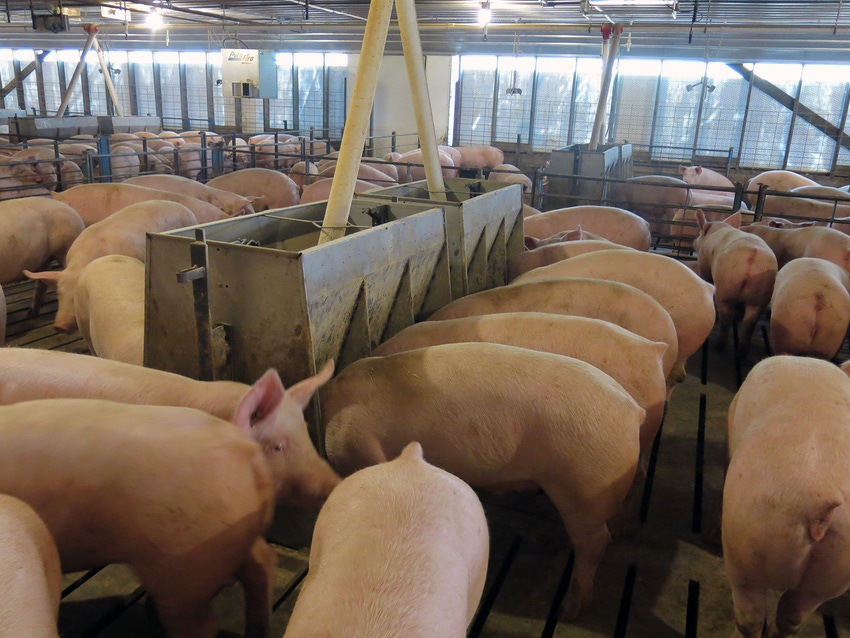China tariff on U.S. pork now tops 60%
American pork producers face financial crisis.
July 6, 2018

U.S. pork producers now face punitive tariffs of 62% on exports to China, a market that represented 17% of total U.S. exports by value in 2017.
China announced a new 25% tariff in response to U.S. action under Section 301 of the Trade Act of 1974. That tariff is on top of the 25% punitive duty levied by China in early April in response to U.S. action under Section 232 of The Trade Expansion Act of 1962. U.S. pork already had a 12% tariff on exports to China. (The country also has a 13% value-added tax on most agricultural imports.)
Combined with Mexico, which also placed a punitive tariff on U.S. pork — it was 10% from June 5 until yesterday, when it rose to 20% — 40% of total American pork exports now are under retaliatory tariffs, threatening the livelihoods of thousands of U.S. pig farmers.
Iowa State University economists calculated that from early March, when rumors of China’s initial retaliatory tariff were circulating, through May producers lost $18 per hog, or more than $2 billion on an annualized basis.
“We now face large financial losses and contraction because of escalating trade disputes. That means less income for pork producers and, ultimately, some of them going out of business,” says Jim Heimerl, president of the National Pork Producers Council and a hog farmer from Johnstown, Ohio.
“America’s pig farmers and their families are patriots who are demonstrating enormous commitment to the greater good of our country as they shoulder a disproportionate share of trade retaliation against the United States,” adds Heimerl. “We need these trade disputes to end.”
Tariffs on American products make them less competitive on the international market.
About the Author(s)
You May Also Like



